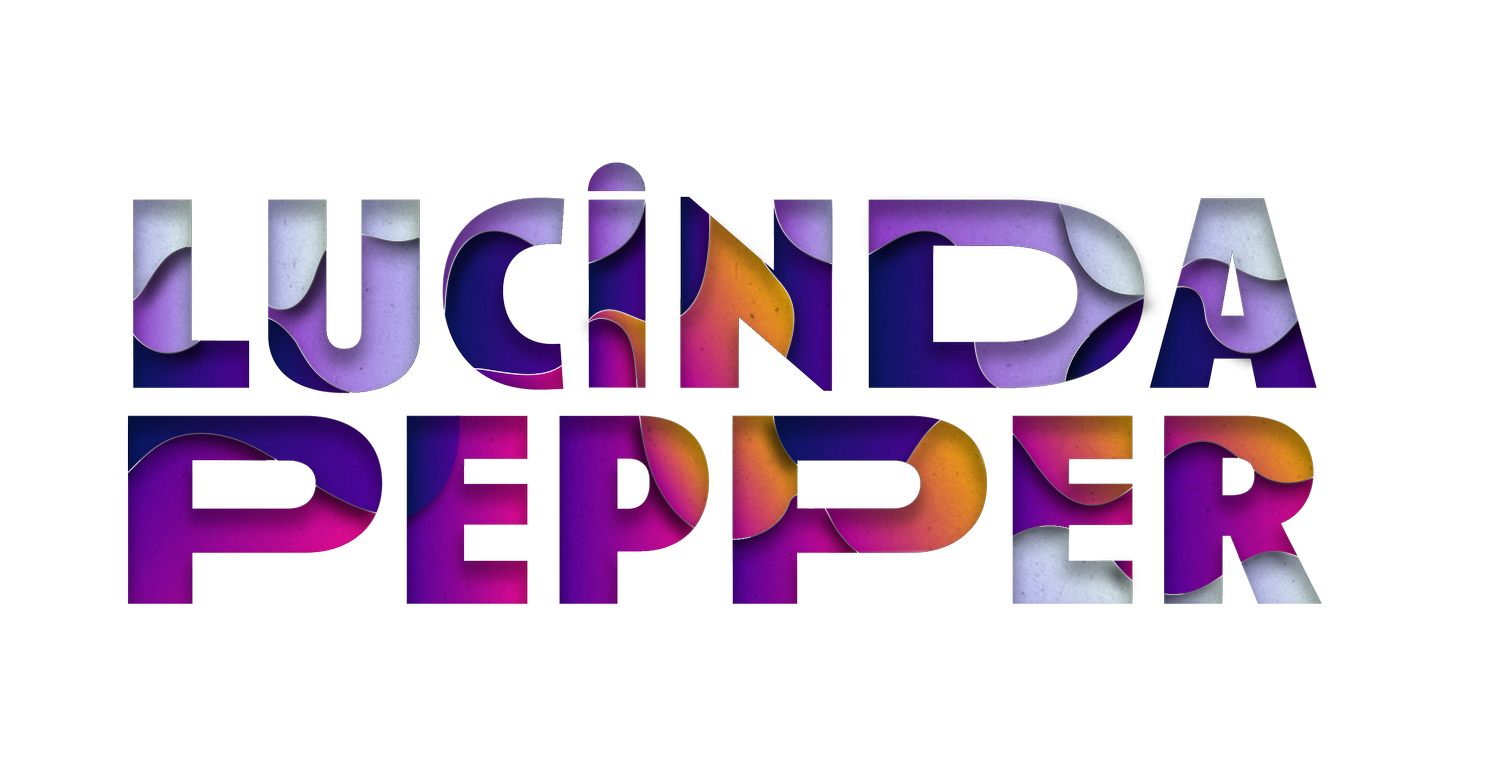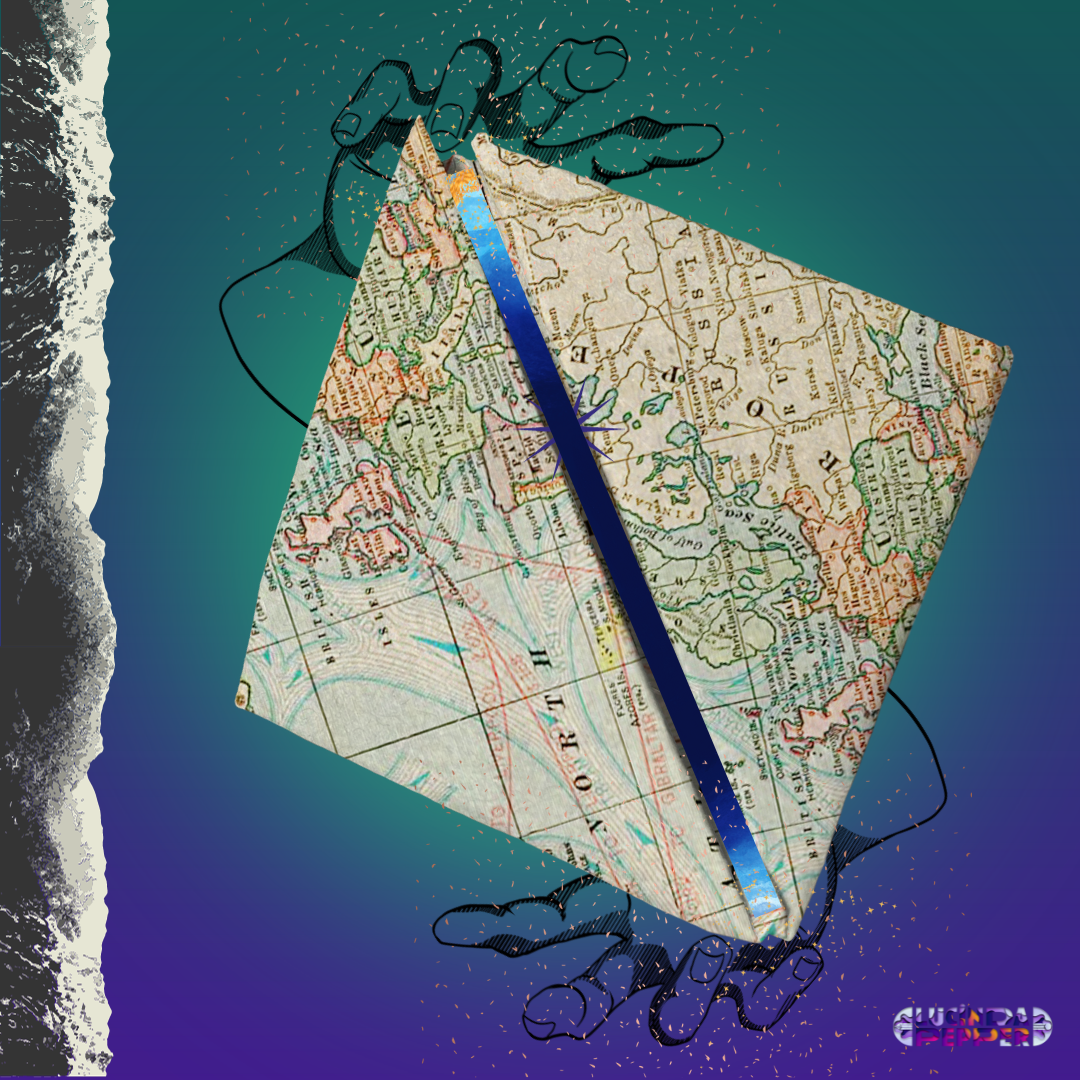Seeds of Self-Belonging
My self-belonging didn’t begin as a conscious effort or intention.
The seeds of my self-belonging were planted in me when I was very young: I remember receiving the message that I belonged in this world and to this universe.
My maternal granny had a dark-wood upright piano in her dining room. I longed to learn how to play. When the aunts, granny, my mom and other women were gathered, gossiping around the kitchen table… I needed some space away from my siblings and cousins…I would sit at the bench of this piano and plink around on the keys, making a discordant and lovely-to-me noise.
Granny had a framed print of The Desiderata sitting on the music ledge of the piano. I would play those lines as if they were music, finding the sounds to bring out the meaning of the words. The poem starts out by reminding us to find peace in silence among the “noise and haste of the world.” That’s what I was trying to do- get some solo time away from what felt chaotic.
I really loved this line, about ⅔ of the way into the poem:
“…Beyond a wholesome discipline, be gentle with yourself. You are a child of the universe no less than the trees and stars; you have a right to be here.”
Usually when I was just really getting into finding a dramatic musical expression for all of those profound lines, granny or mom would come and tell me to knock it off and go outside to play with the other kids.
Some of my childhood experiences have made it tricky for me to recall parts of my growing-up years. Still, I think my early childhood was good, broadly speaking, despite some traumas. I believe that I was loved and wanted, and that for the first couple of years of my life I had enough secure attachment experiences that created a foundation within me for the seeds of the future belief that I belong in this world to germinate.
Attachment theory (YouTube, 7 minute watch time) tells us that positive and consistent early attachment experiences are necessary for children's healthy and stable mental health and autonomic nervous system development. Our attachment styles play a big role in how we navigate stressful or traumatic situations.
The way that we (as children or young adults) cope with adverse childhood experiences (ACEs) (CDC article) is informed by and interacts with our attachment styles. And these patterns follow us into adulthood.
I was raised as a white person. My belonging and being weren’t obviously challenged on the basis of my racial identity. However, since I was quite young, I’ve been very sensitive to the subtle shifts of energy, emotion, vibration, and intensity, and without knowing it (until much later), I picked up on the insidious operations of white supremacy.
Whiteness and its cultural dominance showed up as I listened to the adults talk about their days, as I watched the news, as I encountered the biases and stereotyping language of my peers, and as I began to replicate the biases I was learning. Whiteness showed up in all the moments where I was bullied, belittled and outcast because of my body, class, sexuality, sensitivity and spirituality. Whiteness revealed itself in the opinions and words of people who told me that who I am meant I did not and would never belong. Because of my sensitivity, I experienced these instances as seismic waves rocking my world.
It’s also important to remember this:
The negative effects of white supremacy and white cultural dominance (on everyone- not just white people) are so intense for people that our bodies, minds, hearts, and spirits can be deeply harmed. Those impacts of white dominance can lead to mental health problems, substance abuse problems, and instability that cause parents, caregivers and other adults to become violent, abusive or neglectful to children, to harm children or others- at home or in the community, and to harm themselves.
How do attachment theory, ACEs, and identities relate to self-belonging?
As kids we make meaning out of our experiences. That meaning turns into beliefs we hold. Our attachment type, intersectional identities, and ACEs experiences are three types of filters that all of our experiences run through.
To use the binary system of either/or for an example:
If your childhood gave you secure attachment and relatively low or no ACEs and you didn’t experience much in the way of challenges to your intersectional identities, you might find it very easy to believe that you belong in this world. Easy to believe that you belong to groups such as your family, your religious community, friend circles, social groups built on shared hobbies or interests, and that you belong in the community where you live.
But if your childhood gave you, say, anxious-ambivalent attachment and more exposure to ACEs, and on top of that your intersectional identities were challenged by the world around you, you might experience a sense that you don’t belong in this world, or to any particular community.
The binary examples above show us two options out of many. We need to remember that there is a lot of gray area between and around examples that uphold a binary of either/or.
ACEs, attachment theory, and our intersectional identities are only three factors (of many!) that influence our sense of belonging.
Each of us has a unique makeup, identities, experiences, and grows up in a particular set of circumstances that influence and form our early - and some of our enduring - beliefs. Research and science can find sets of commonalities across people and groups, but in reality our human experience is one-size-fits-one.
As I said earlier, I believe I had enough good, secure attachment experiences as a young one to build a foundation allowing me to grow into a belief that I belong here. And I thank my lucky stars for that.
My understanding of self-belonging continues to shift, enlarge, and unfold into new and deeper relationships with these practices.
Finding belonging in myself has arisen from coming into relationship with active love practices. My journey has held many challenging and difficult years and traumatic experiences. Self-belonging happens through practice, and our commitment to practice needs to remain steady through all the ups and downs of life. We have to continue building that relationship. Self-belonging unfolds and evolves as the manifestation of an active, lifelong love politic.
Post-script:
I was inspired to search on YouTube and find out if anyone had ever made a piano song inspired by The Desiderata.
This song doesn’t have context saying so specifically, but I find it recalls some of my plinking around on the piano bringing those lines to life. (YouTube, 3 minute listen)
And I came across this: a spoken-word version with folksy choral accompaniment and some sproingy, jazzy, synthy piano sounds that definitely do not remind me of the music I was trying to make! It was described by one person as “an enchanting rendition,” and while I would disagree with that sentiment it’s pretty fun listening. I hope it brings you a smile.
The cover art for this blog post is a digital collage created by Lucinda Pepper.

